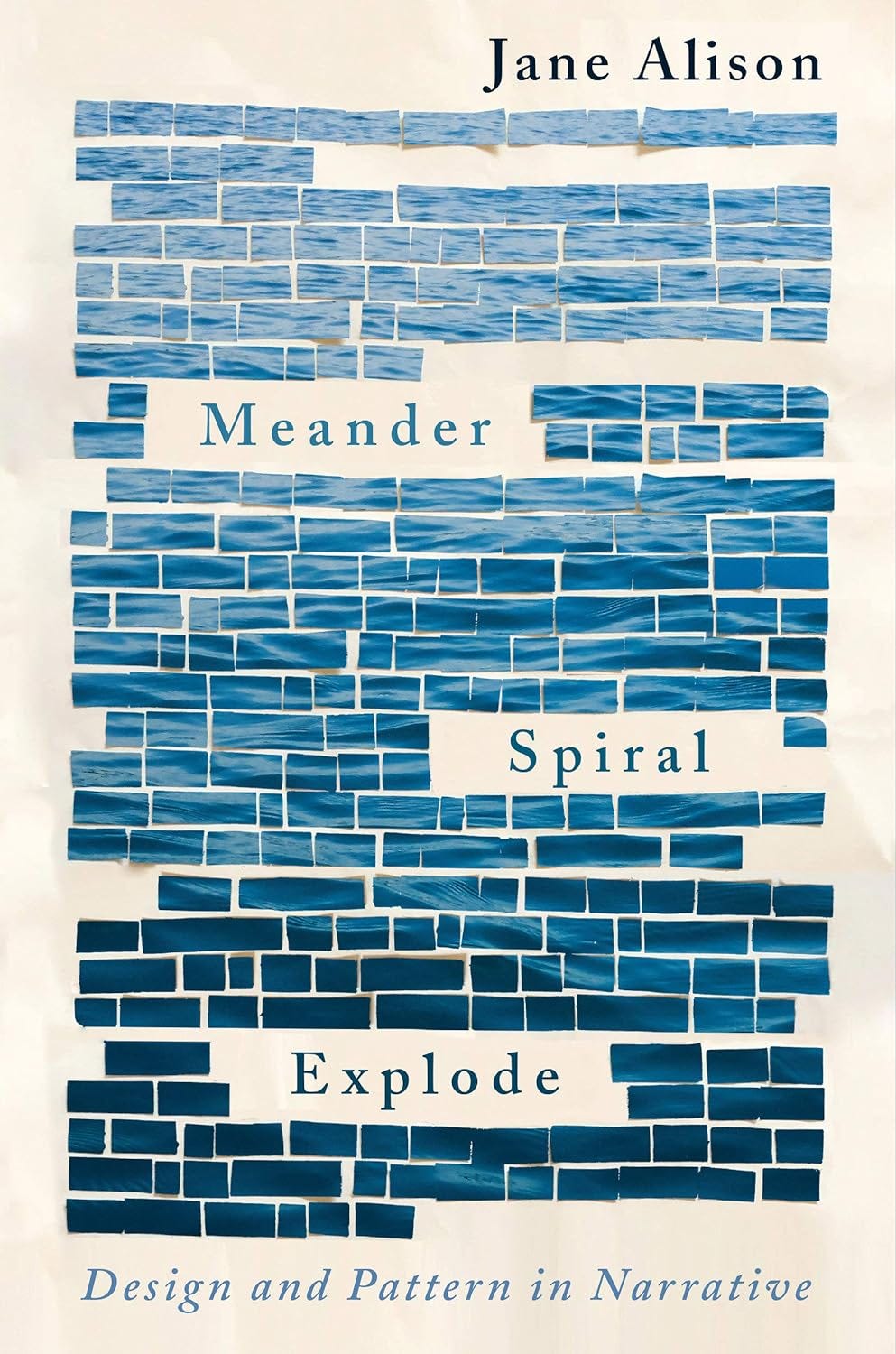Photo by Jesse Bowser on Unsplash
“Our battered suitcases were piled on the sidewalk again; we had longer ways to go. But no matter, the road is life.” ~Jack Kerouac
Hi friends,
I first want to announce that I’ve added a paid option for this newsletter. A significant number of you pledged paid subscriptions and gave strong reasons for your desire to pay me for what I am providing. Thank you! Because it’s important to me to provide this monthly newsletter free of charge to all, everything you’re getting now, as a free subscriber, you will continue to get.
Subscribers who upgrade to paid will receive a weekly bonus newsletter with writing prompt + recommended reading + occasional live chats. I’m open to suggestions for additional content, so let me know what you’d like to see.
My most sincere thanks to ALL of you who subscribe to The Art of Flash Fiction. I’ve nearly 6,000 subscribers now, and I am so grateful for your support.
So I think a lot about how flash fiction is taught, the “rules” we’ve established for this still somewhat newish form. I take the (almost)-anything-goes view with flash, though I recognize the importance of strong guidance, especially for new writers. Learn the rules first, then you may set about breaking them.
One such rule is that in flash fiction there is no room for extraneous words. We teach new flash writers to “cut the fat” and stay focussed. Make every word “count.” This is good advice for all writing, of course. But what happens if we set that rule aside, especially in the drafting phase?
In her excellent craft book, Meander, Spiral, Explode: Design and Pattern in Narrative, Jane Alison says:
“If a narrative naturally wants to flow toward its end but doesn’t want to get there yet—the pleasure’s in the journey—it might hold back by strewing conflicts, boulders, along the way, as an adventure story might. But it might be bored by classic conflict, so instead lingers by flowing along an extravagant arabesque of detours: this is what meandering narratives do. A meander begins at one point and moves toward a final one, but with digressive loops. Italo Calvino says that “digression is a strategy for putting off the ending, a multiplying of time within the work, a perpetual evasion or flight. Flight from what? From death of course.”
My feeling about flash fiction is that because (not in spite of) the constraints of its brevity, the writer must find ways, fresh, new, compelling ways, to tell a big story in a small space.
It may seem paradoxical to encourage flash writers to meander! We are often told to stay on point, that flash must fly like an arrow from Point A to Point B with no detours.
‘Don’t digress,’ people are always saying. ‘Get to the point’…My advice is to course digression…those places in the nind that we usually shut out because they would appear to lead us astray. Let your conversation get away from you; let a new story take over.” ~Judith Kitchen
But consider what can be accomplished if your flash is somewhat less aimed. Consider what you discover when you allow yourself more space as you draft. I’ve often cautioned against going in with a machete before you’ve figured out what the story is truly about. Once you do that, you may make cuts, but you will have trimmed a story that now knows the reason for its existence.
Recall every time you took the winding road and found some delightful surprise; quirky locals, the perfect dive bar, a view that took your breath away. Often the travel stories we tell over and over again are about the serendipitous, unplanned adventures, even the calamities.
So yes, flash writers, keep to 1000 words or fewer, but other than that? Be bold. Take risks. (For those of you who have taken my courses, you know this is something I encourage over and over again.)
A few advantages to a short narrative detour or creative diversion:
Enhancement of tone and/or voice.
Additional character building.
Reader enjoyment (surprise, subverted expectations).
You may unearth an unexpected, unplanned, wholly organic metaphor.
That unexpected, weird, quirky, scary diversion may be the very thing that readers will most delight in!
Read “Friday Night” by Gwen E. Kirby, published in Wigleaf. This narrative is all over the place, yet focused like a laser at the same time. Take note of the breathless structure. It’s actually one looping sentence, spilling over with emotion, yet banal in its attention to, well, that pizza. Look at the characterization that’s happening here. The voice that comes across so strongly it’s as if this woman were sitting across from you in a cafe, relating this story. It’s funny, angry, sad, desperate, tender, real. And it’s a wonderful example of the power of meandering.
In my story, “Chicago,” also published in Wigleaf, I include a chunky paragraph of flashback that wanders away from the scene playing out on the story’s stage. A risky move, as I allowed it to take up so much real estate, but for me, it absolutely makes the piece. I have discussed the “single scene flash” and “Chicago” is an example of that. In order to work as a story, the single scene flash needs to allude to a larger story. My flashback, I feel, expands the scene, provides context, in an essential, albeit weird and indirect way.
Caveat: If you are keen to write the tiniest of micros, a flash of 100 or 50 words or fewer, then meandering may not work for you. If you know an example of something this short that does, please do share it in the comments!
Your Prompt
So you guessed it. Your November prompt is to write a story that meanders, keeping the central conflict on low (or high) hum the whole time. Write a first person POV breathless paragraph or sentence like Gwen Kirby did in her story OR do your own thing, but don’t write in a straight line. Take detours with abandon. Digress brilliantly. You can always go back and cut things later, but be open to whatever gifts you encounter by veering off the beaten track.
Recommended Reading
Meander, Spiral, Explode: Design and Pattern in Narrative by Jane Alison (Catapult Press)
I'm so excited about this excellent craft book because I believe flash writers especially do themselves a great service when they open themselves up to fresh, innovative narrative structures and design.
Before You Go…
3 IN 90 LIVE GENERATIVE WORKSHOP THIS SATURDAY!
There are still a few spots available in THIS Saturday’s live (Webex, similar to Zoom) workshop. See details below. Register HERE.
Telling it Slant in 1,000 Words or Fewer (Sat., Nov. 18th at 1:00 p.m. Eastern Time U.S.)
Inspired by Emily Dickinson's wisdom, "Tell all the truth but tell it slant," this course dives deep into the craft of indirect storytelling. Perfect for writers looking to weave tales that hint more than they reveal, this workshop explores the art of subtlety and poetic nuance. Within the confines of 1,000 words, learn how to pen stories that echo with layered truths, gently leading readers to profound realizations. By the end, you'll craft tales that shimmer with unsaid meanings, inviting readers to decipher the beauty between the lines. Ready to master the art of the slant? Join the journey!
NEW STORY UP AT NORTHWEST REVIEW!
My newest story, “Alligator,” is up now at Northwest Review. Many thanks to editor Dawn Raffel, and to Sabrina Orah Mark and Sara Lippmann in whose workshops I drafted this piece. While you’re there, check out amazing flashes by Kim Chinquee, Anthony Varallo, Erin Vachon, Meg Pokrass, Patricia Quintana Bidar and more.
Thanks, everyone! Sending peace & love,
Kathy







“I’ve often cautioned against going in with a machete before you’ve figured out what the story is truly about. Once you do that, you may make cuts, but you will have trimmed a story that now knows the reason for its existence.”
Yes 🙌 🙌🙌
For someone who's thinking of sharing fiction in addition to my other stuff, this was such a helpful and encouraging article! My stories tend to develop a mind of their own and run away from me at times, but I've found that it takes letting go of control to find what the heart of the story really is. Thanks for your insights!